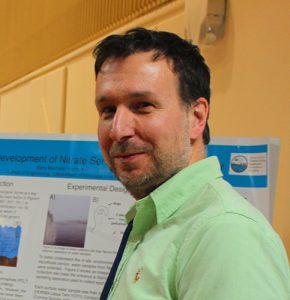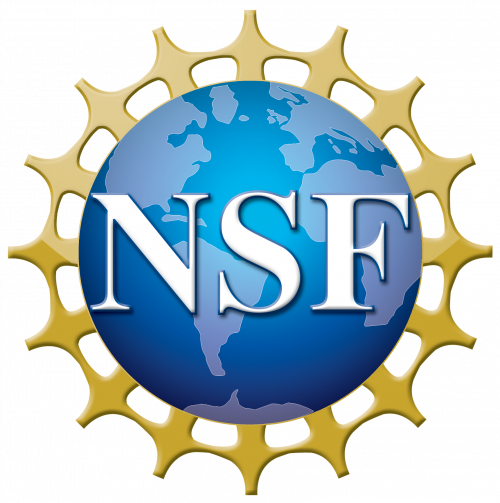Mentor: Christopher Reid, Bryant University
Project Location
Bryant University
Project Description

Oxyrrhis marina is a globally distributed heterotrophic dinoflagellate commonly found in marine and saltwater coastlines. Their cell surface displays an array of polysaccharides, both N- and O-linked. These carbohydrates are used by cells for a multitude of functions including communication, adhesion, and regulation. In a previous study in our lab, changes to the O. marina neutral lipid content during starvation was observed, which ultimately has led to curiosity of starvation induced changes to the cell surface, in particular N-linked glycans.
We will continue to use O. marina as a model to investigate the changes to the cell’s surface N-glycans under satiated and starvation conditions. O. marina will be subjected to long term resource deprivation (21 days) and the changes to the cell surface analyzed. The N-glycans were liberated via enzyme treatment, and labeled with 2-aminobenzamide (2AB) via reductive amination. Derivatized glycan profiles were analyzed by MALDI-TOF mass spectrometry. The resulting glycan profiles were then annotated using available databases (ie Glycomod) and via manual analysis. Our characterization of the O. marina surface provides opportunities for a greater understanding of cell signaling and communication in saturation and starved conditions. In addition, this work will provide the first report of the N-linked glycome in this extensively studied marine dinoflagellate.

 RI NSF EPSCoR is supported in part by the U.S. National Science Foundation under EPSCoR Cooperative Agreements #OIA-2433276 and in part by the RI Commerce Corporation via the Science and Technology Advisory Committee [STAC]. Any opinions, findings, conclusions, or recommendations expressed in this material are those of the author(s) and do not necessarily reflect the views of the U.S. National Science Foundation, the RI Commerce Corporation, STAC, our partners or our collaborators.
RI NSF EPSCoR is supported in part by the U.S. National Science Foundation under EPSCoR Cooperative Agreements #OIA-2433276 and in part by the RI Commerce Corporation via the Science and Technology Advisory Committee [STAC]. Any opinions, findings, conclusions, or recommendations expressed in this material are those of the author(s) and do not necessarily reflect the views of the U.S. National Science Foundation, the RI Commerce Corporation, STAC, our partners or our collaborators.